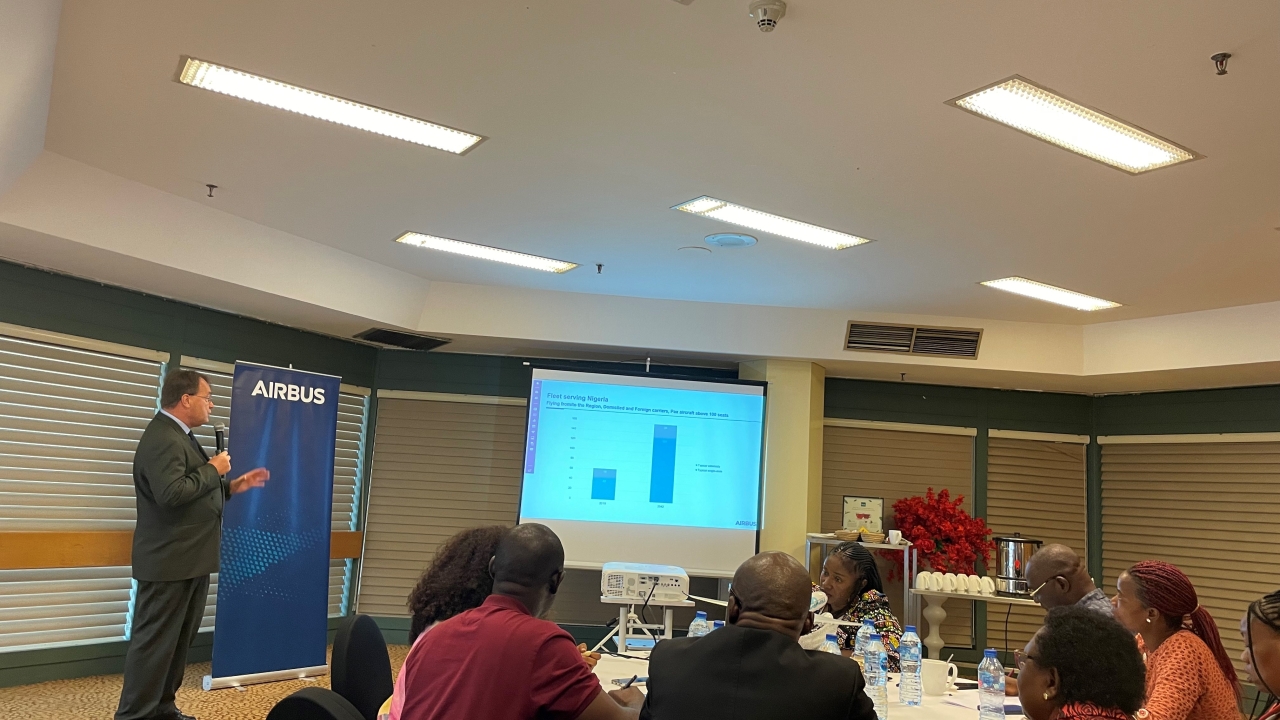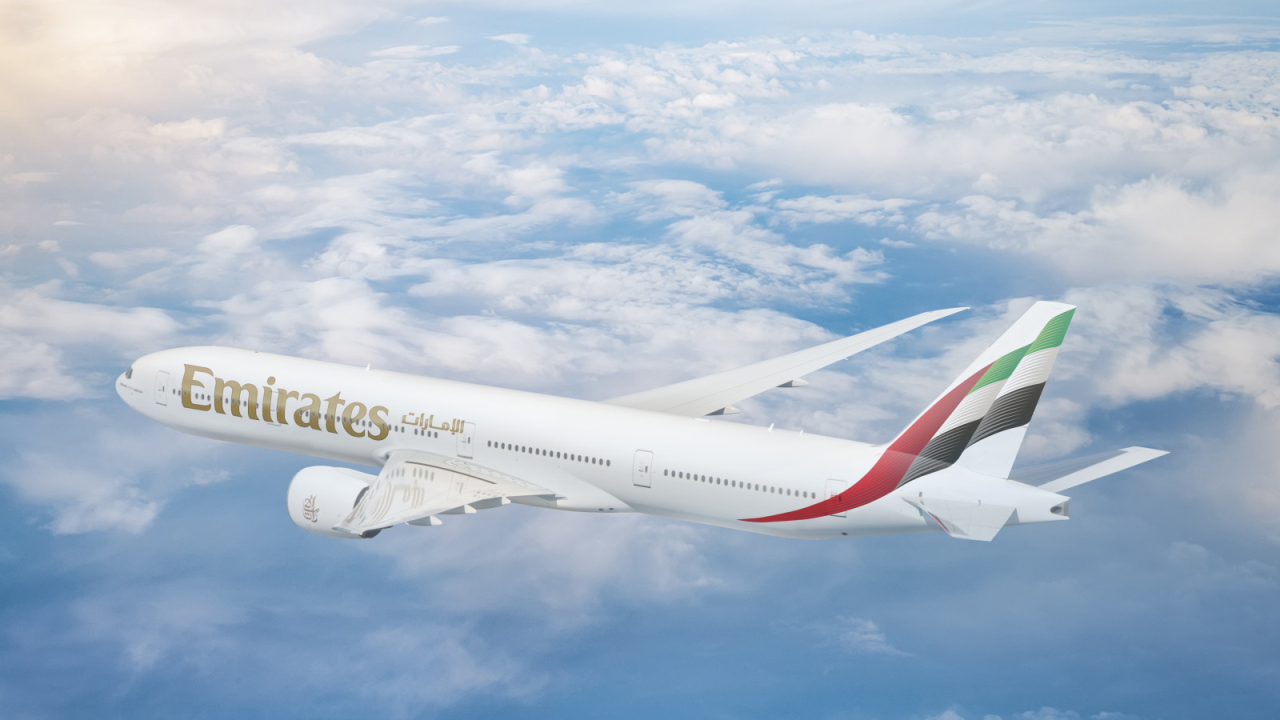Aviation Africa: Airbus sees 1,180 jets in Africa over next 20 years
The latest Airbus Global Market Forecast projects demand for 1,180 aircraft of over 100 seats in size for African airlines over the next 20 years.

This is according to Joep Ellers, airline marketing director Africa for Airbus, speaking a media briefing on the eve of Aviation Africa Summit and Exhibition in Abuja, Nigeria on 12 September.
“The future is bright for Africa,” he stated, with economic growth faster than the world average, the fastest growing population in the world, urbanisation and middle-class development, the attractiveness for inbound tourism, strong potential of outbound and intra-Africa tourism, a potential from liberalization (SAATM, the Single African Air Transport Market) and low-cost carrier development.
Of the 1,180 deliveries anticipated in Africa in the next two decades, Airbus sees 880 of these being single-aisle types, with 300 being widebodies.
Airbus expects to win at least 50% of these orders when they materialise, with the OEM building up its market share since it delivered its first aircraft, an A310, to Nigeria Airways in 1984, explained Ellers.
Today, Airbus has 37% of the market in Africa with 265 aircraft in operation with 36 of the continent’s airlines. It has 42% of the order backlog in Africa, totalling 41 aircraft, but if orders from Arik Air (17) and Comair (5), with both either defunct or virtually inoperative, are discounted from Boeing’s orderbook then the OEMs are at order parity, said Ellers.
Airbus predicts that air traffic recovery in Africa will recover to 2019 levels by the end of the second quarter 2024 at the latest, said Ellers.
Origin and destination traffic in Africa is forecast to rise at 4.1% per annum in the next 20 years. In Nigeria, traffic growth rates are similar, with domestic traffic the strongest at 5.2% per annum, said Airbus.
The demand for air traffic in Africa will require a significant increase in the continent’s air transport workforce, said Ellers. Airbus estimates that the region will need 14,000 more pilots, 17,000 extra technicians and 23,000 more cabin crew to meet this growth in demand.
Stay up to date
Subscribe to the free Times Aerospace newsletter and receive the latest content every week. We'll never share your email address.

